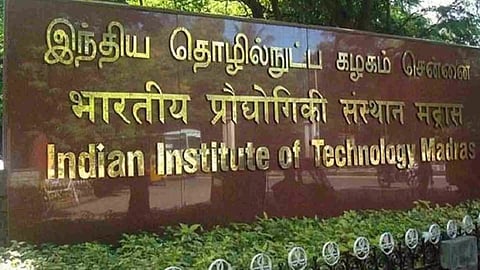

CHENNAI: Scientists at the Indian Institute of Technology Madras (IIT-M) and Khalifa University, UAE, have made significant strides in advancing heat management for miniature electronic devices, particularly for space applications.
“India’s second Space Age has been driven by impressive technological innovations and the miniaturisation of electronic components, enabling advanced functionalities, exemplified by the Chandrayaan-3 mission. However, the extensive use of miniaturised electronic components, both in space missions and consumer electronics, leads to significant heat generation,” said a release from IIT-Madras. High-performance computing processors can generate up to 200-250 W or more, of power, resulting in heat loads of up to 1 kW, necessitating efficient heat management. Liquid-cooling systems, especially micro/mini-channel heat sinks, are best suited for dissipating heat in such systems.
The research conducted by the IIT Madras team aims to disrupt the smooth flow inside the mini-channels through the use of plate electrodes. Prof S Vengadesan, IIT-M, said, “The new design uses thin plate electrodes that introduce swirling flows inside mini-channel fluids, which result in the formation of vortices at the boundaries, which in turn facilitates better heat transfer.” To validate the design, researchers employed computational methods to simulate fluid flows in three dimensions. “They observed how the chaotic swirling flows disrupted the smooth flow at the walls of channels, and thereby enhancing heat transfer. The use of a weak electric field to induce swirling flow in mini-channels renders the application operationally safe and low power-consuming,” he added.
The study’s applications in electronic thermal management, especially in space technology, are vast. Additionally, the electrically driven flow vortices generated by this design eliminate the need for additional geometrical modifications.
“With no moving parts, this design operates without vibration and requires no maintenance. Its electrically operated nature ensures intelligent control and quick response,” said Vengadesan.